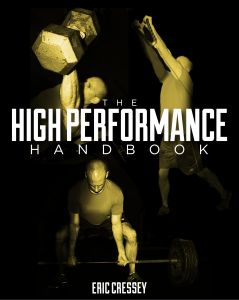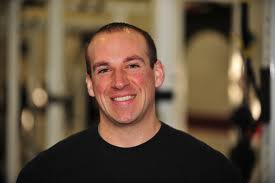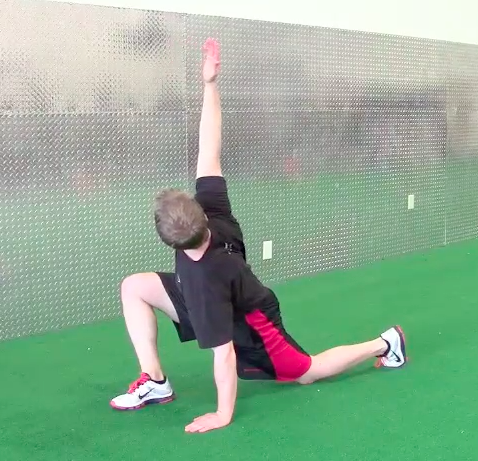In anticipation of the release of his new training system The High Performance Handbook, Eric Cressey released three great videos last week that I hope you had an opportunity to check out. In addition to watching the videos, I spent the last week digging through the High Performance Handbook and am really impressed with the resource Eric put together (and the nutrition piece that Brian St. Pierre put together…UNbelievable).
As you may know, I’m a firm believer in individualization. There are a lot of different ways to individualize a program, but 3 major ones are:
- Intended physiological response
- Training frequency, duration, load, volume, etc.
- Exercise selection and performance of prescribed exercises
There are times when individualizing these factors are easier than others, but as an individual training on your own, you really have the freedom to alter variables to best suit your needs. Naturally, there is also a benefit to having a structured training plan. The cool thing about The High Performance Handbook is that it provides sufficient structure to ensure your progress, but also enough options for individualization for it to best suit your needs. The accompanying video database also allows you to hear how Eric teaches ALL of the exercises in the program, meaning it’s the closest thing to actually training with Eric you can get without relocating to Hudson, MA.
Even better, if you buy the High Performance Handbook TODAY, you may actually get a chance to train in Hudson! Eric has a nice list of free prizes he’s giving away to customers that buy today (think first come first serve giveaways). Check out what he’s offering:
- Be entered to win an all-expenses-paid trip to train at Cressey Performance for two days.
- Be entered to win one of three pairs of New Balance Minimus sneakers, which Eric refers to as “the most-badass minimalist sneaker on the market”
- Be entered to win one of five Cressey Performance t-shirts
- Receive access to Eric’s 25-minute video, 7 Ways to Progress a Push-up
Getting access to a great new program, having an opportunity to go train at CP or getting some free swag…Not a bad deal! I don’t promote many training programs like this because I think it’s hard to really replicate quality training without actually getting coaching. That said, I completely understand that it’s not feasible for everyone to train at a great facility. The High Performance Handbook is unique in that it doesn’t just offer great programming from a coach that actually trains people (extremely rare in the internet world), it offers multiple avenues of individualization and a video database where a coach is walking you through how to do the exercises correctly. This would be worth the price of admission in itself, as one of the big reasons people don’t succeed with a program is they don’t know how to do perform the exercises correctly. Whether you’re a competitive athlete or just looking to make a change in lifestyle, following a quality training program designed to meet your needs can have a profound impact on your results. And since Eric backs all of his programs with a 100% Money Back Guarantee, you have nothing to lose to give it a try!
Get your copy now! >> The High Performance Handbook
To your success,
Kevin Neeld
OptimizingMovement.com
UltimateHockeyTraining.com
P.S. I highly recommend you pick up the Gold Package of The High Performance Handbook, as it includes an awesome nutrition and lifestyle guide from Brian St. Pierre of Precision Nutrition. There is some really eye-opening and useful stuff in there.
Please enter your first name and email below to sign up for my FREE Athletic Development and Hockey Training Newsletter!








 Use CODE: "Neeld15" to save 15%
Use CODE: "Neeld15" to save 15%